The story of Touring Superleggera
The early years In early 1926, two lawyers from Milan – Felice Bianchi Anderloni and Gaetano Ponzoni – decided to leave behind the world…

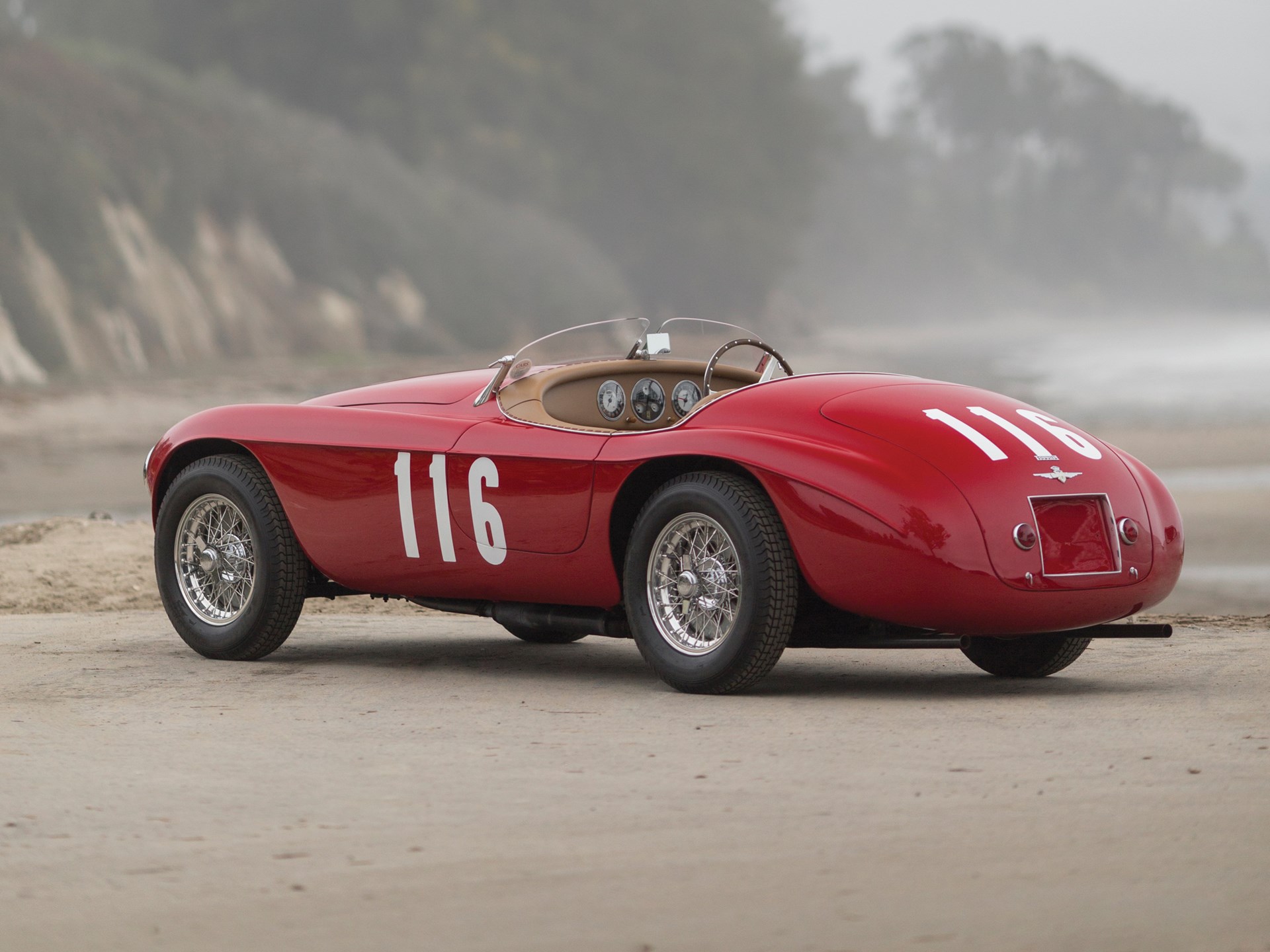
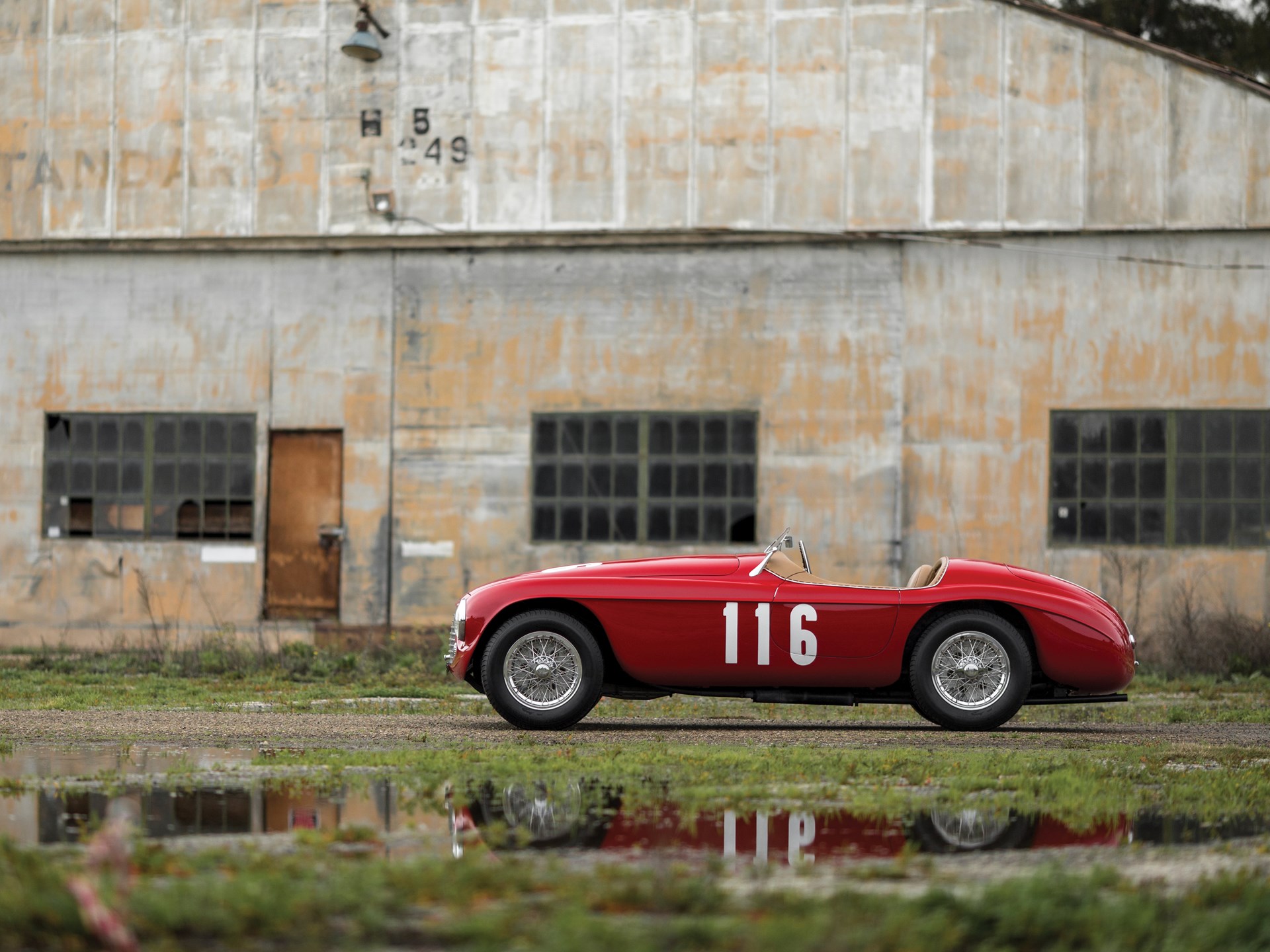
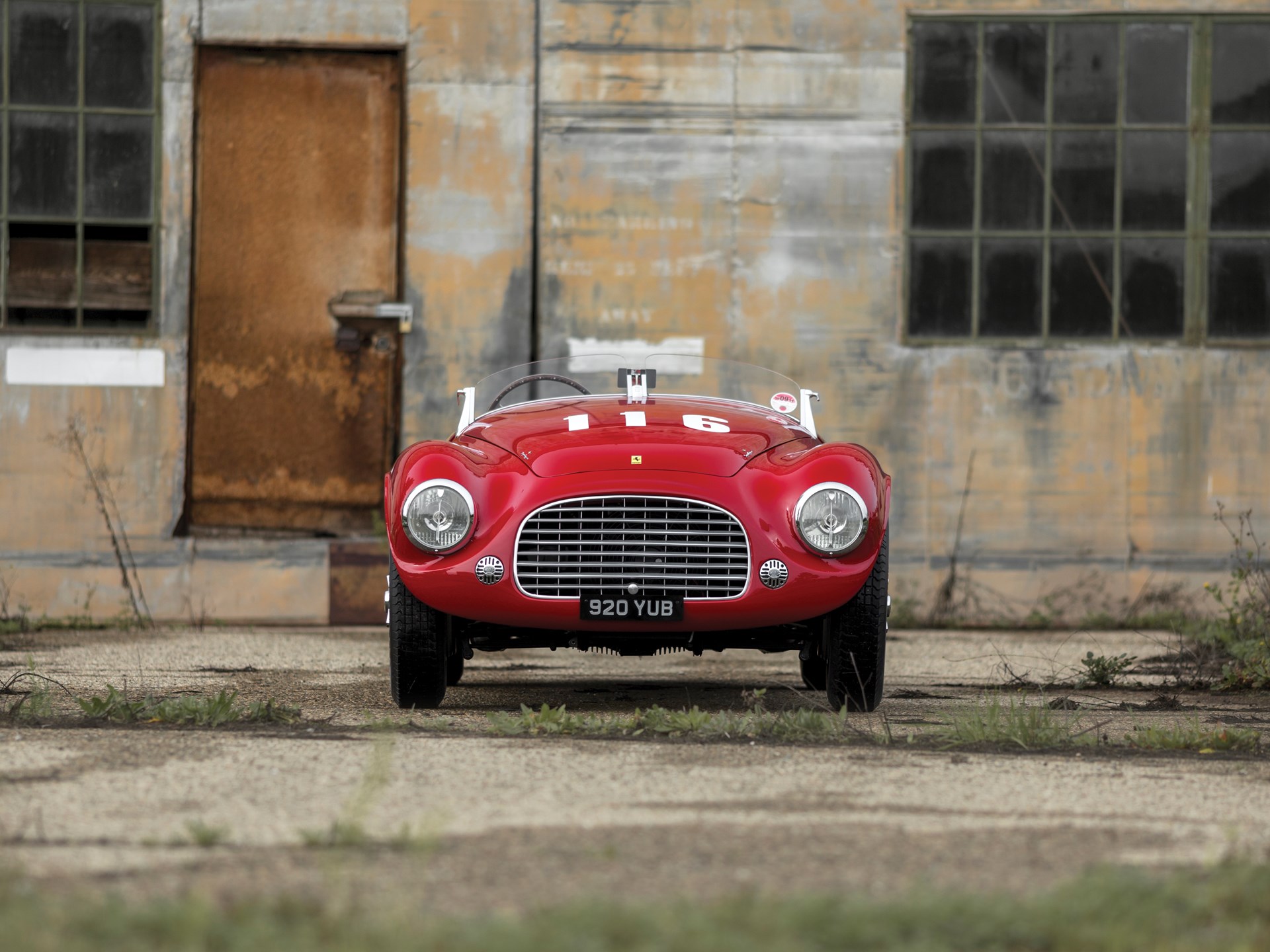
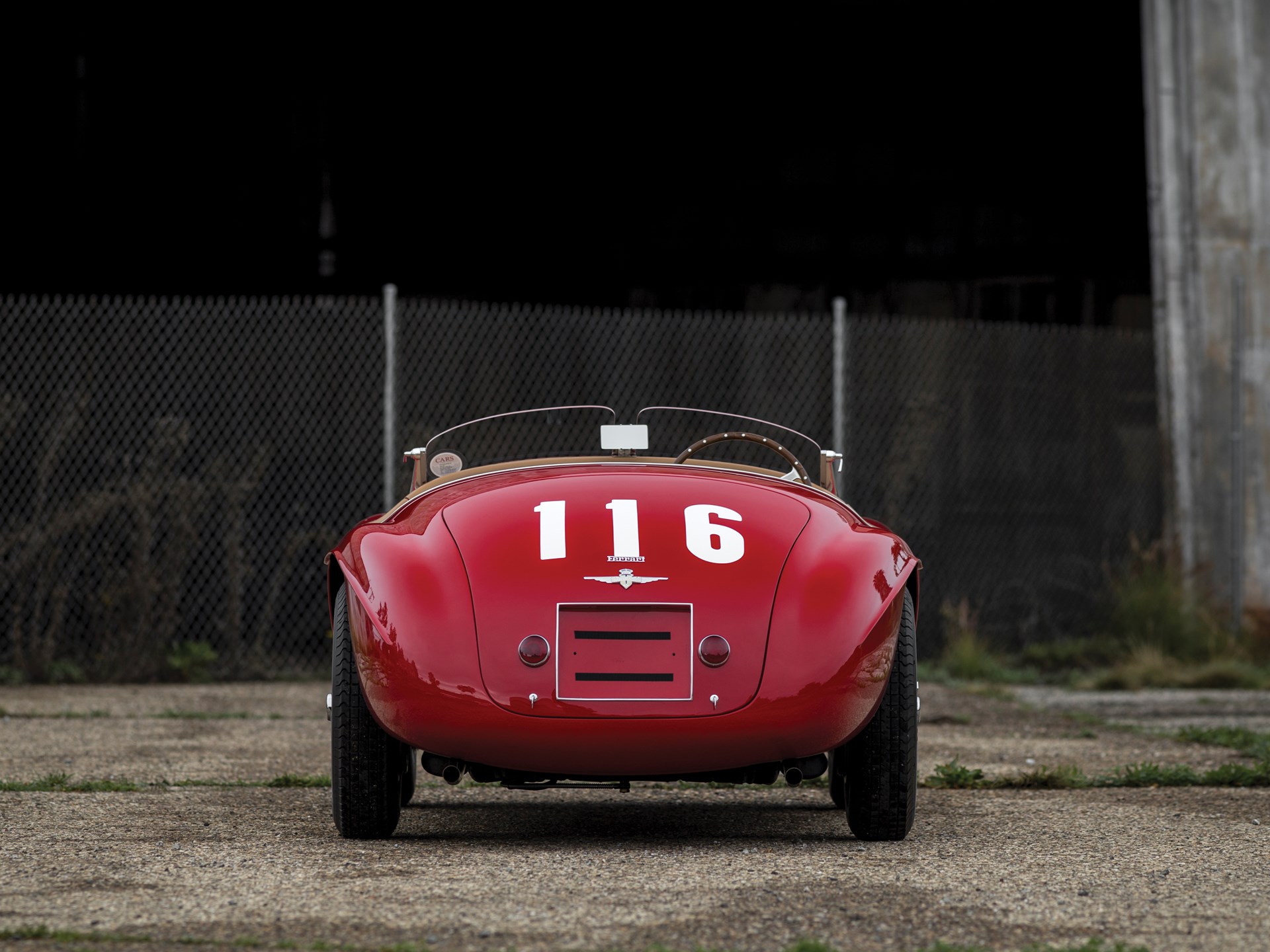
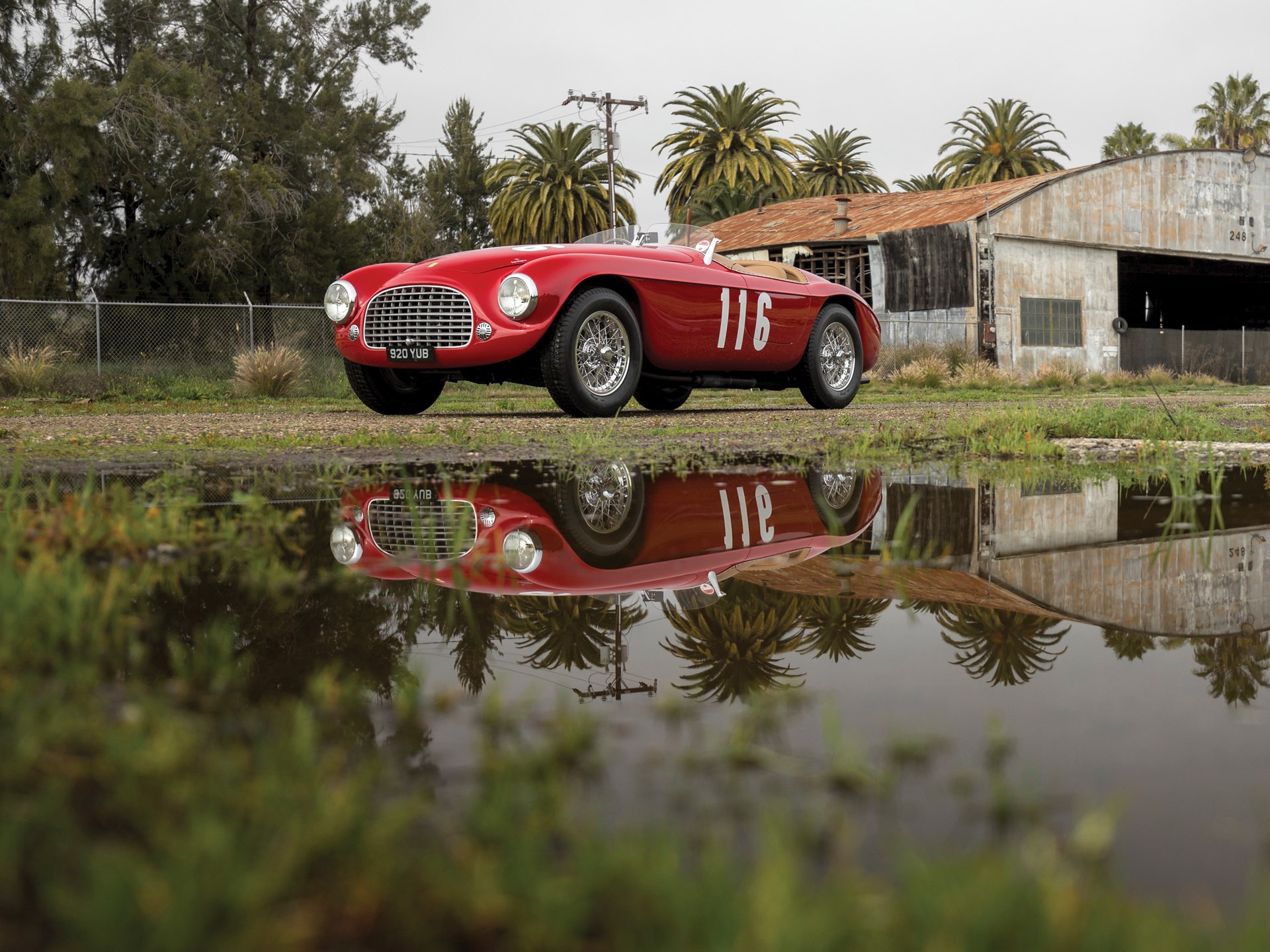
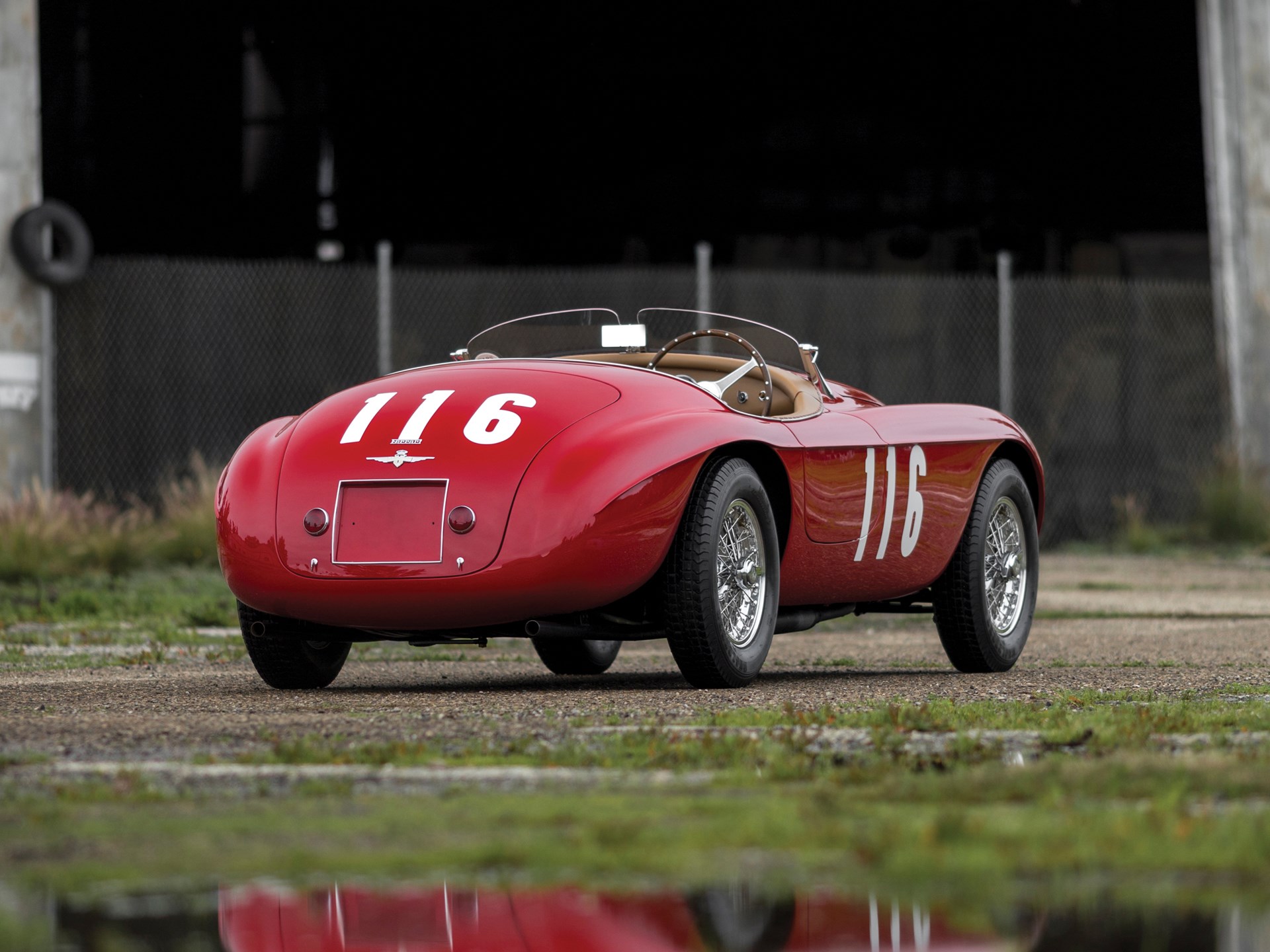
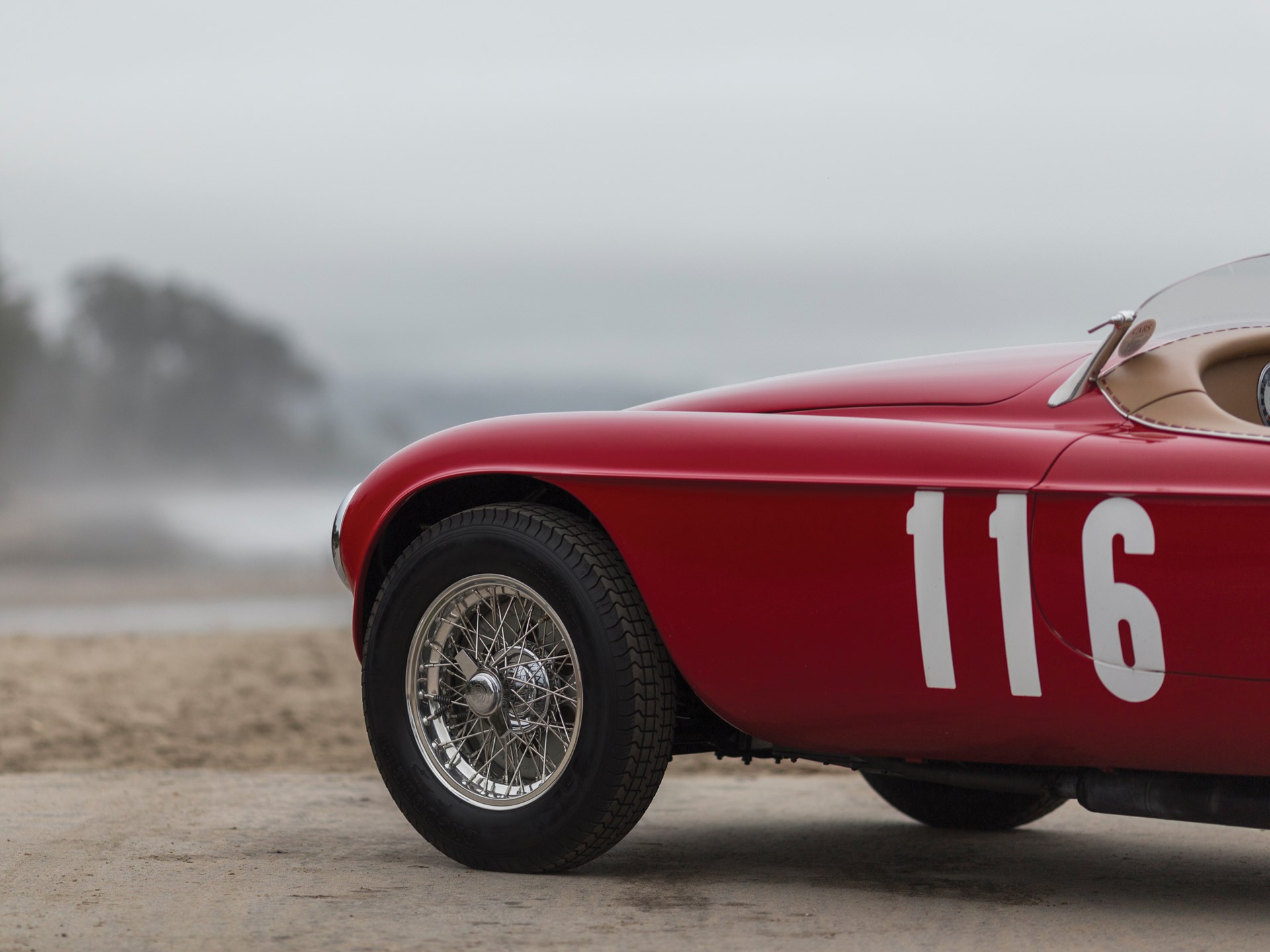
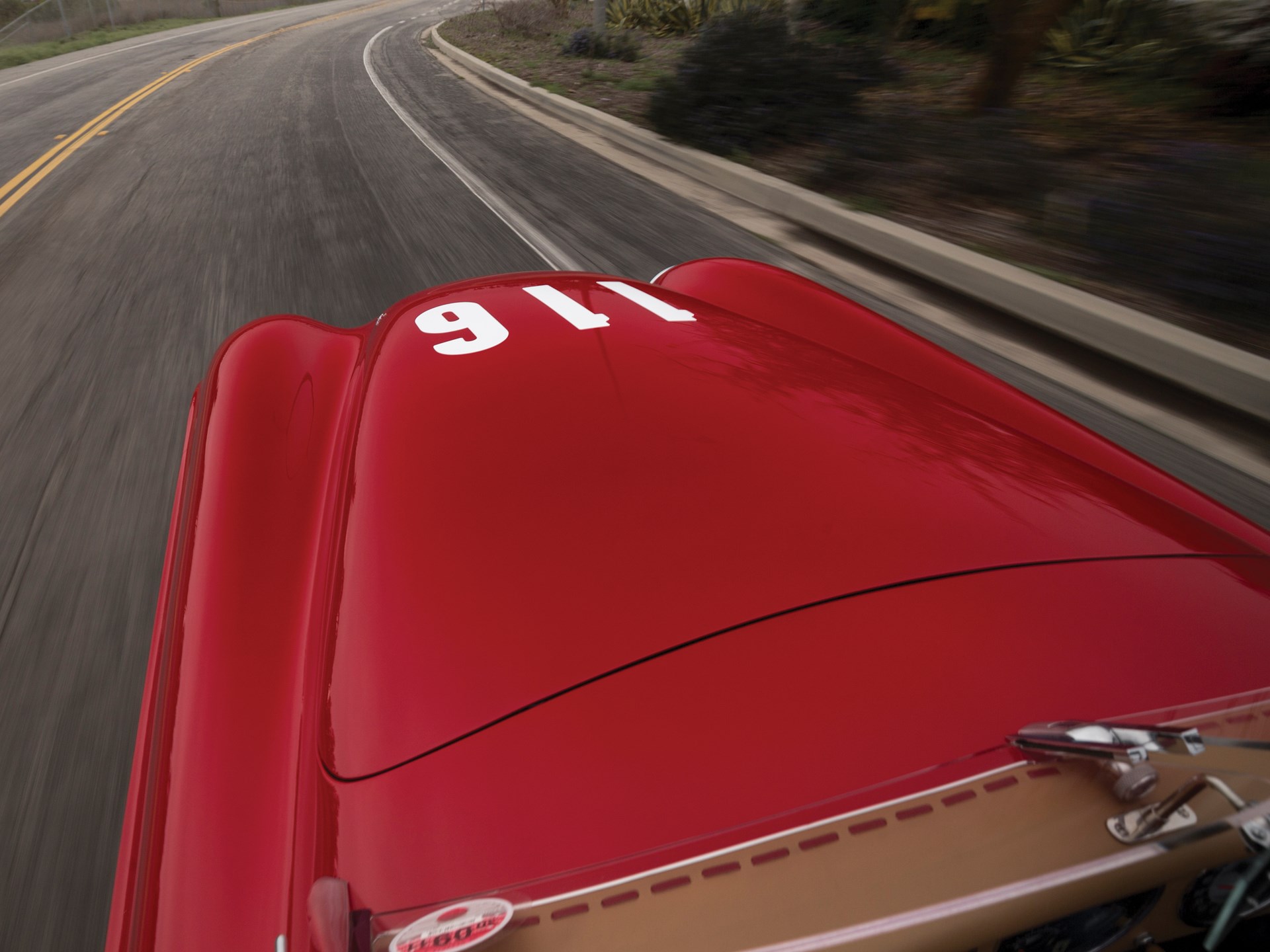
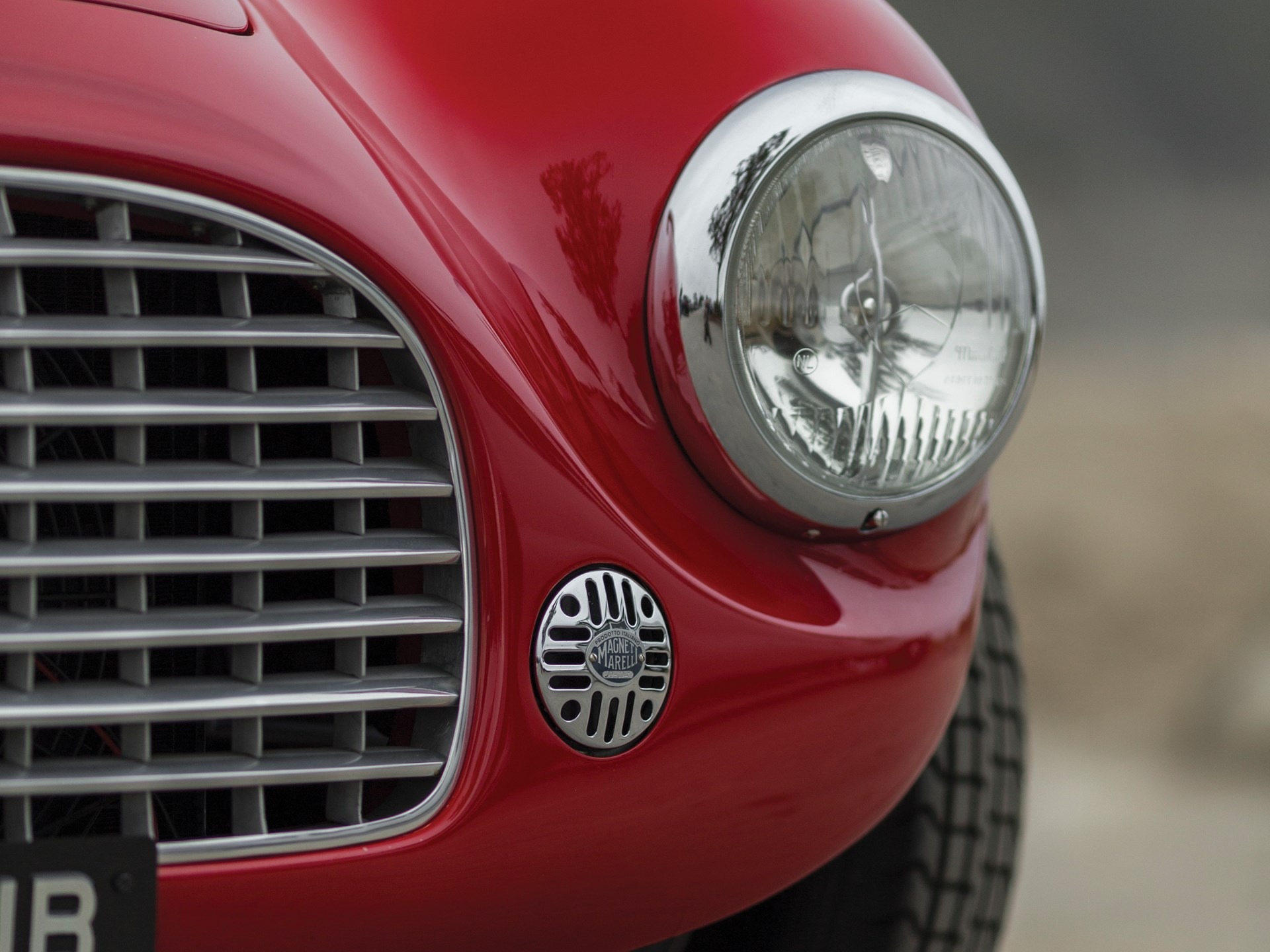
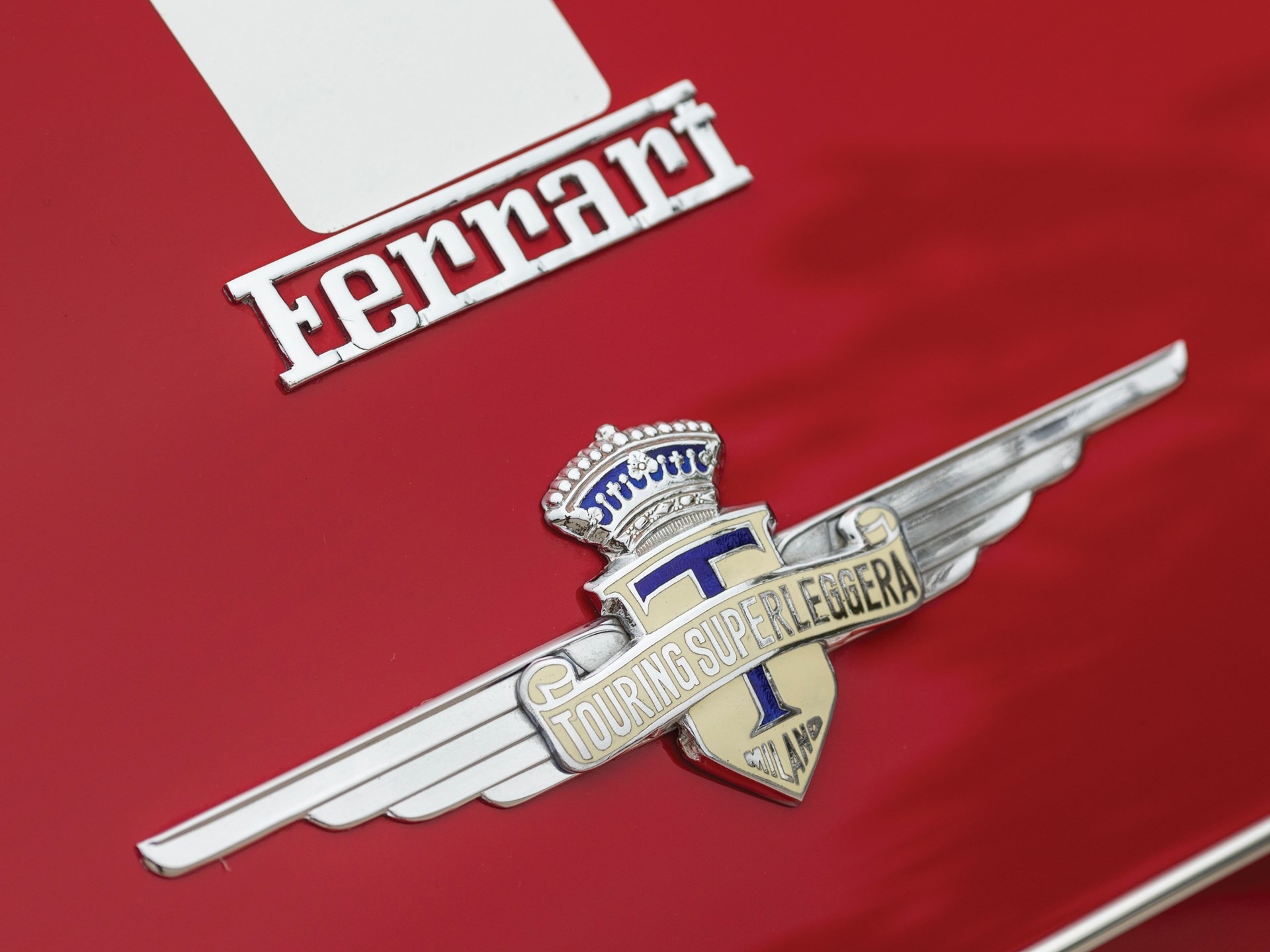
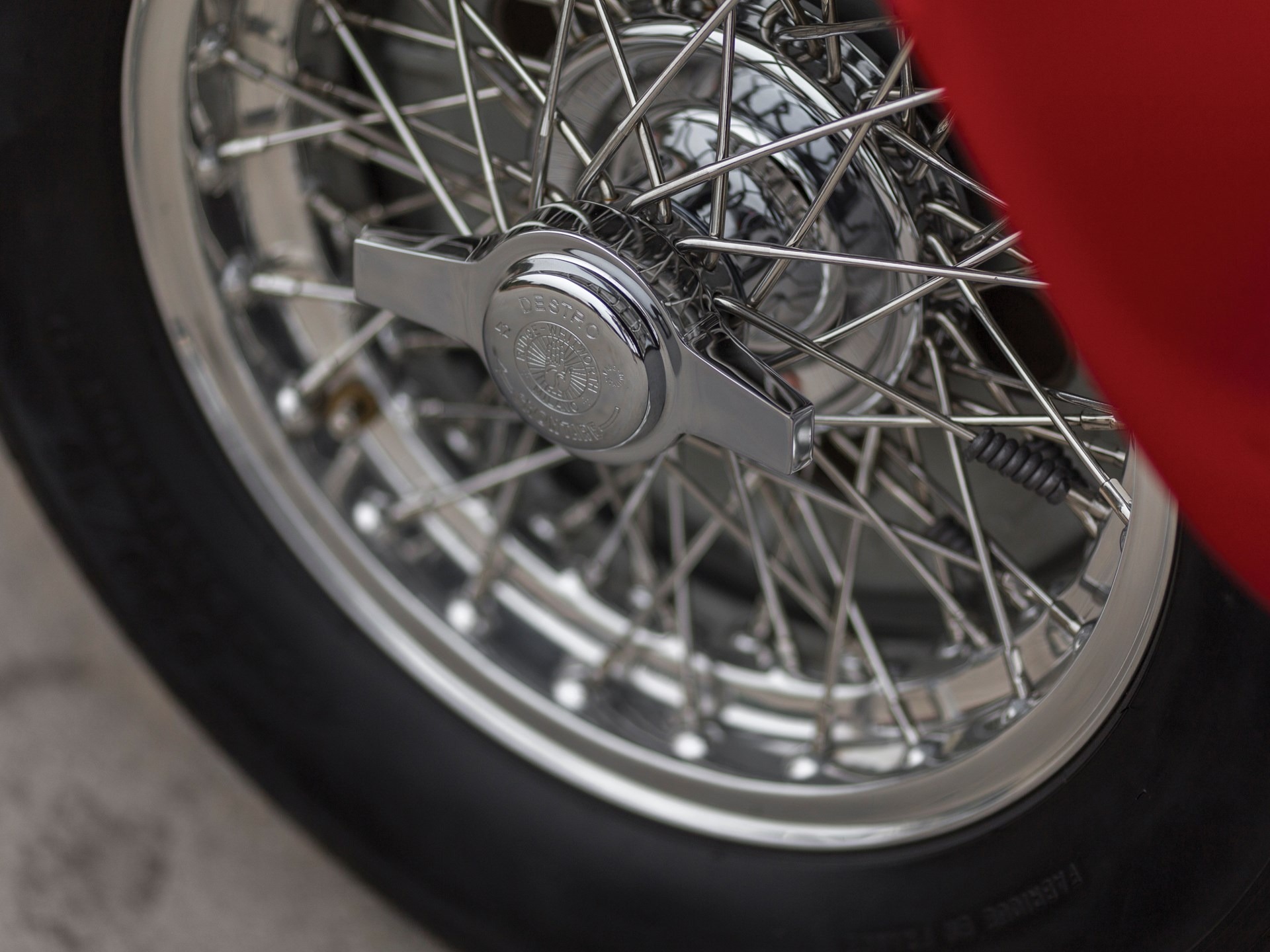
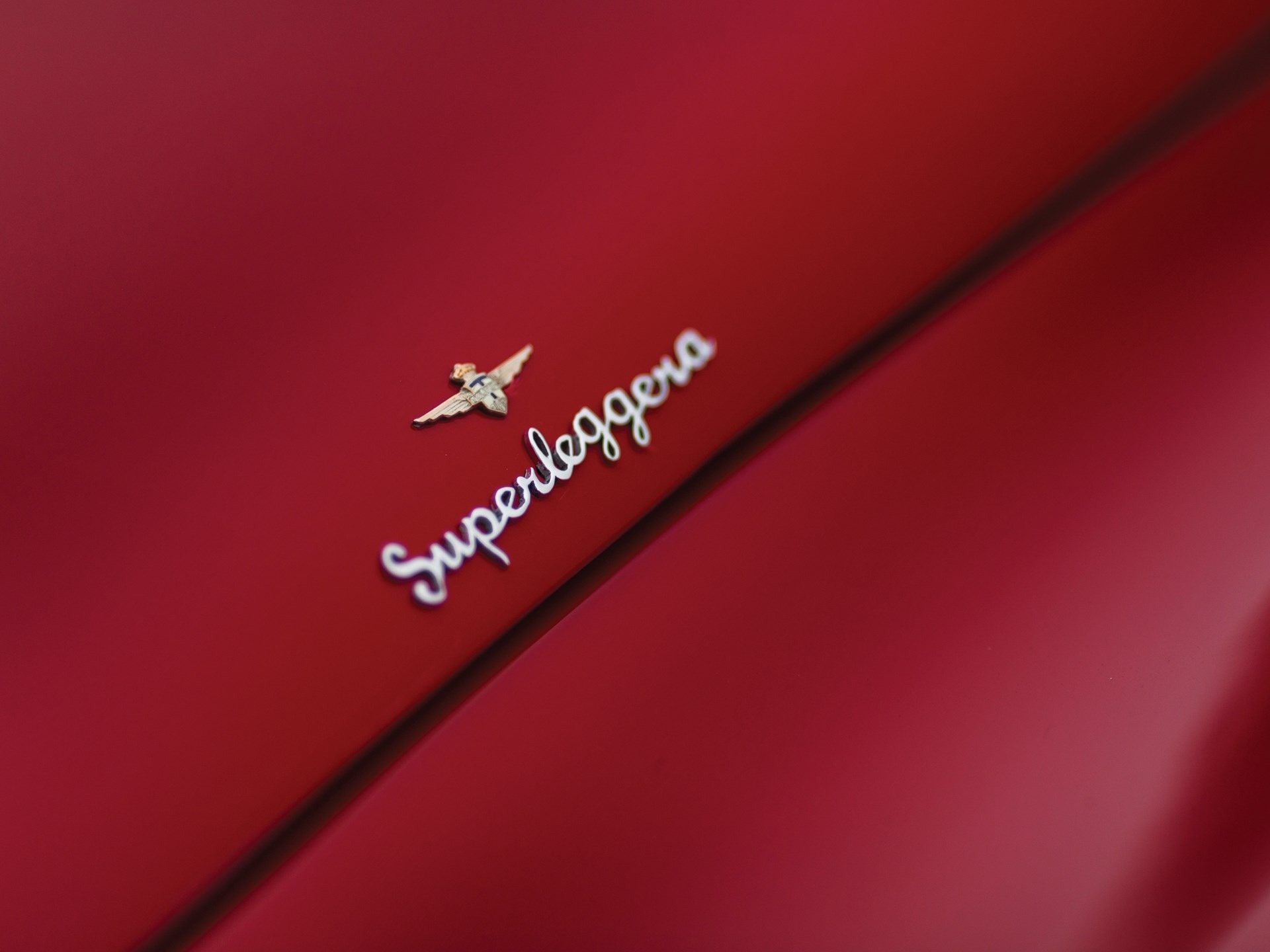
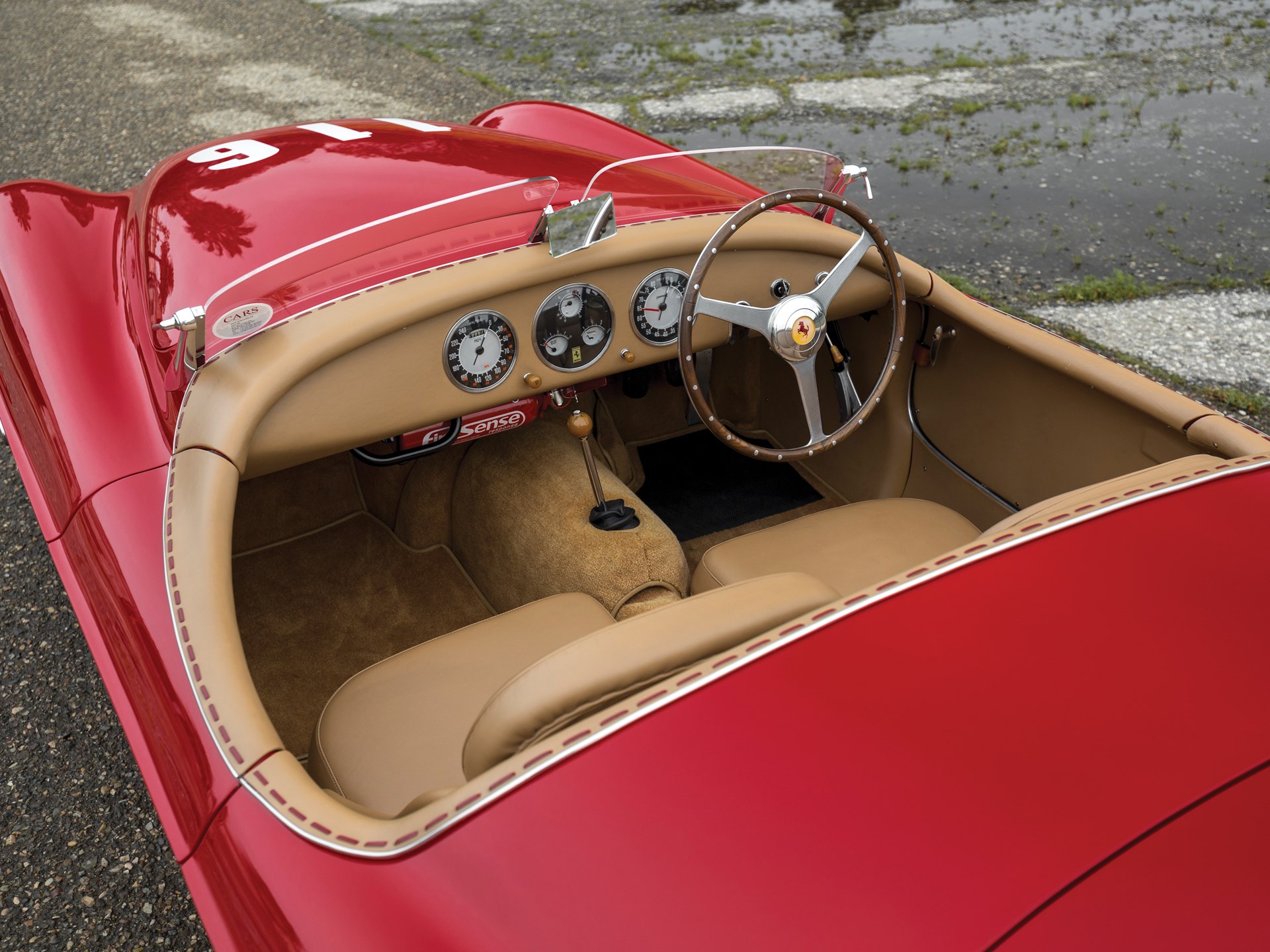
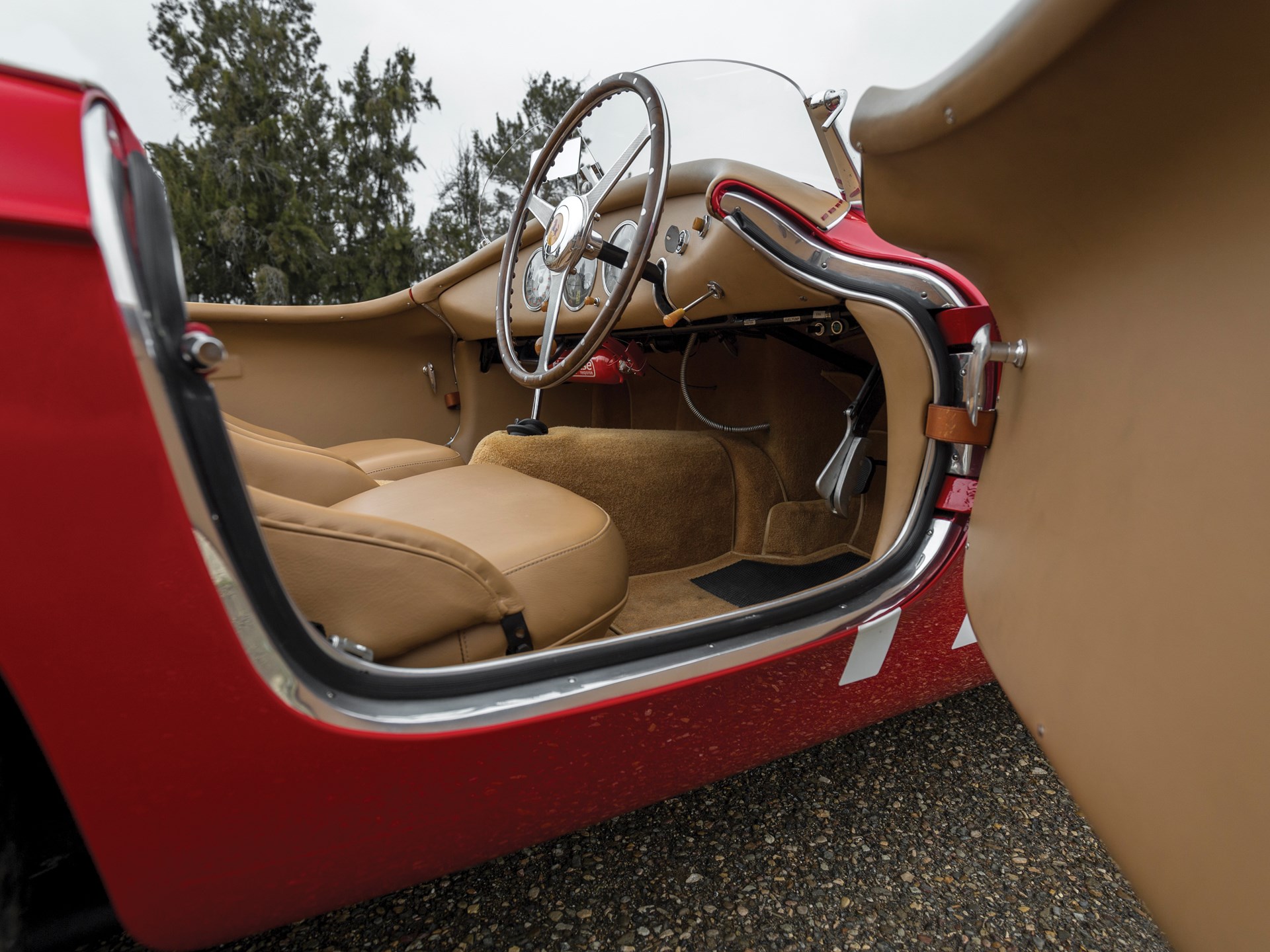
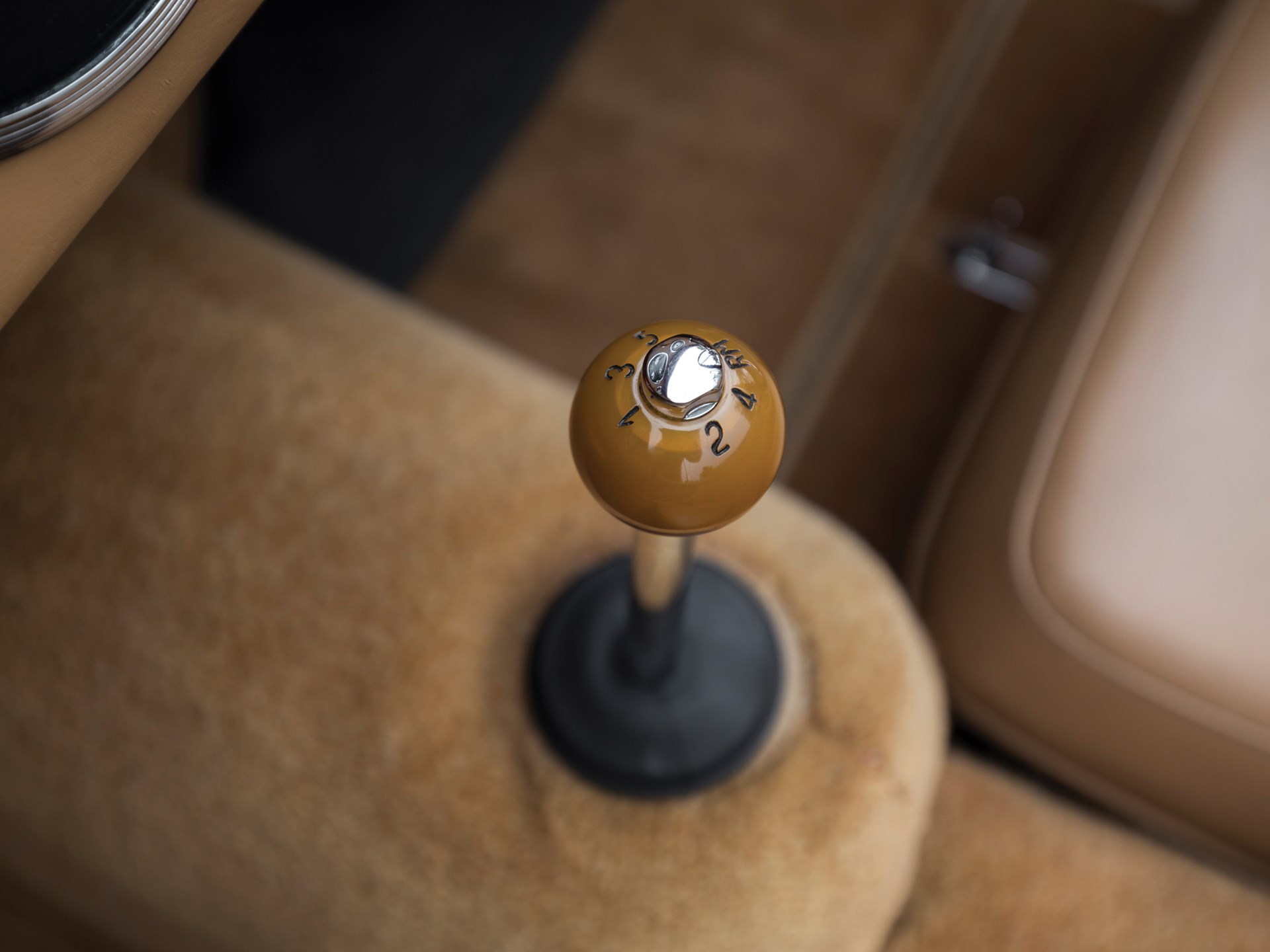
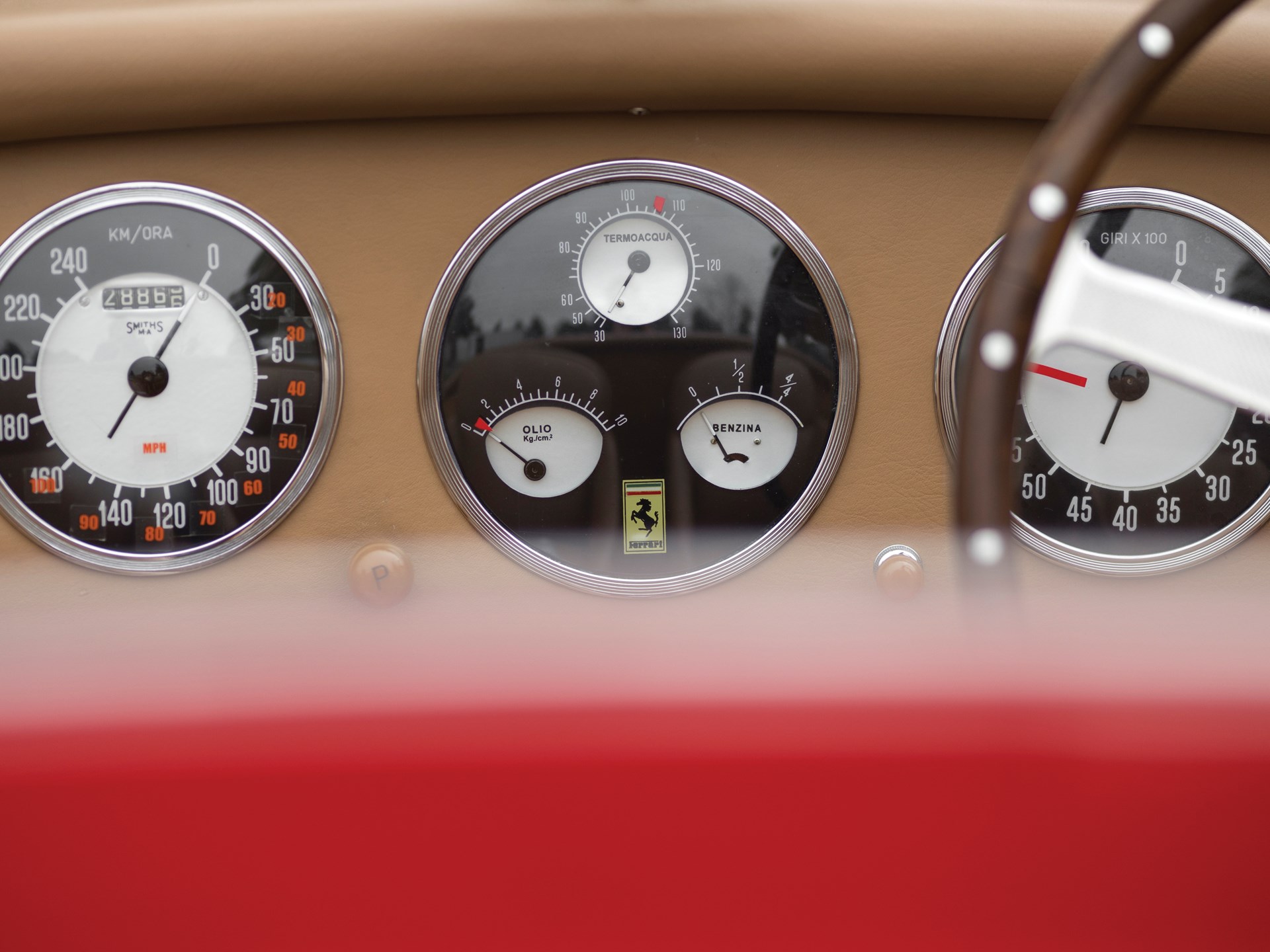
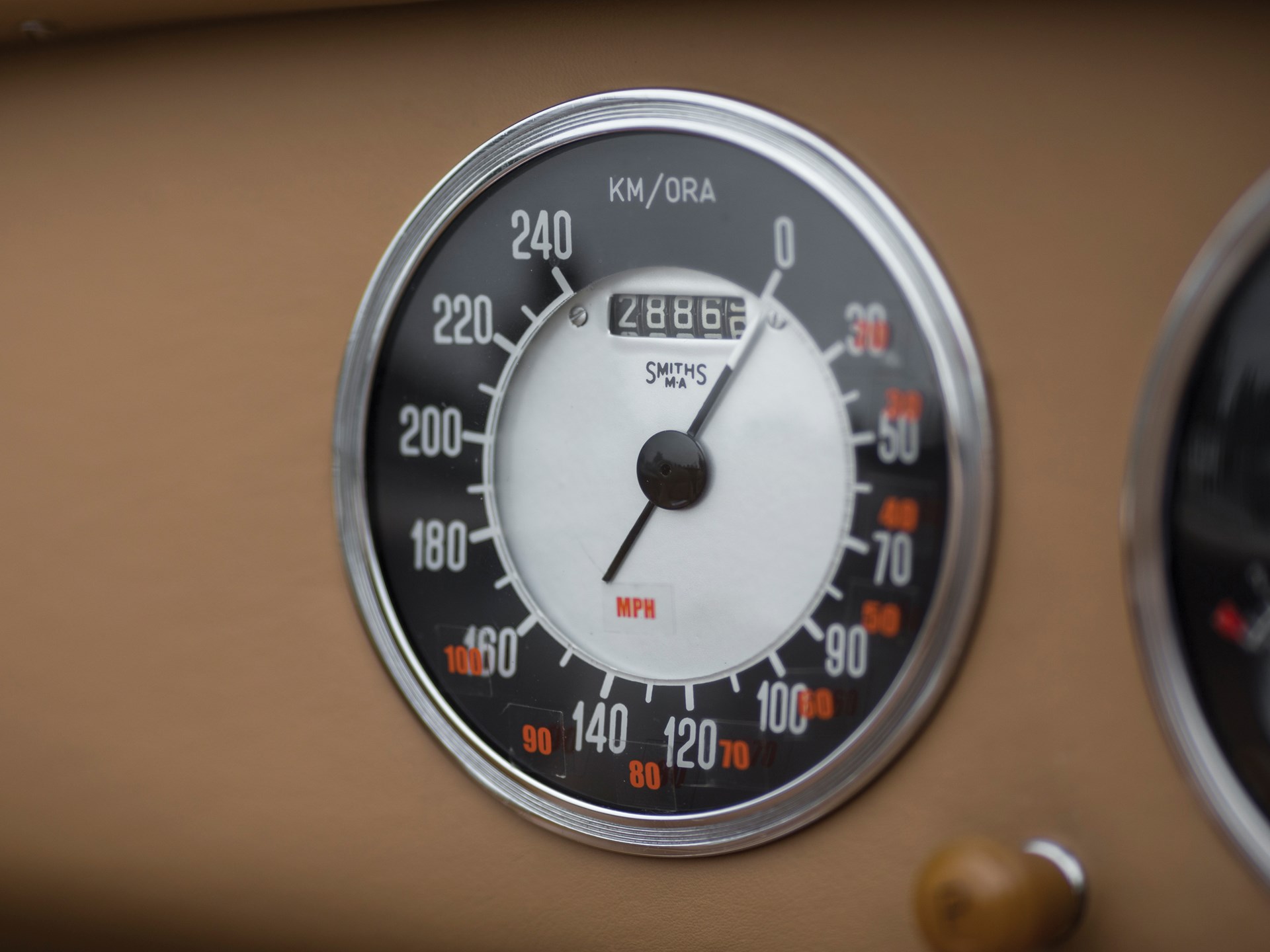
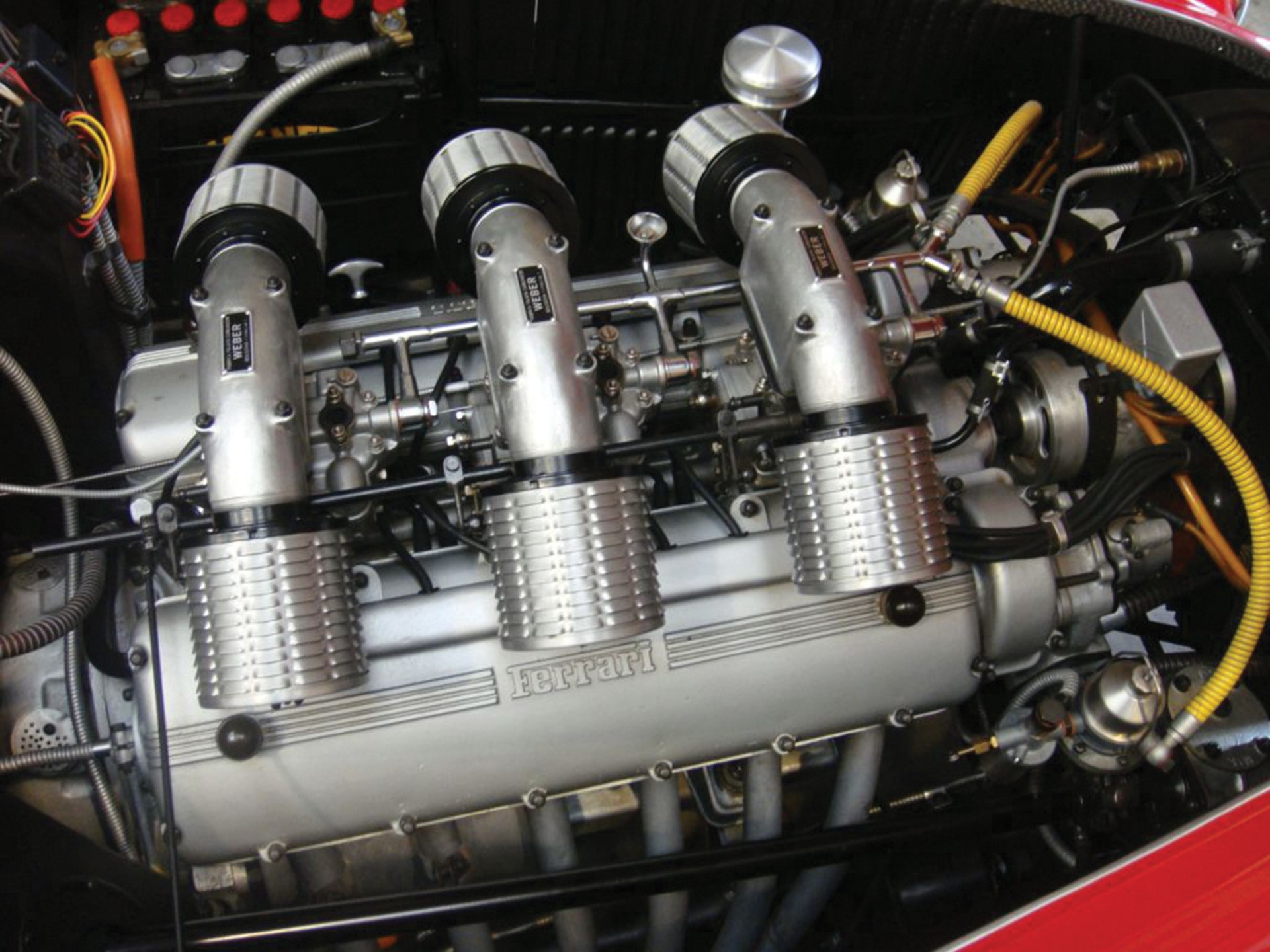






















The Ferrari 166 MM Barchetta Touring Superleggera.
The Ferrari 166 MM Barchetta Touring was designed for long-distance competition, taking its name from one of the world’s most famous road races, the Mille Miglia, in which Ferrari cars would triumph repeatedly. The coachwork for this model was built by Touring using the “Superleggera” method, making the car extremely light and dynamic while maintaining significant structural stiffness. The 166 MM’s engine was also modified to run on commercially available fuel. Presented at the 1948 Turin Auto Show as an evolution of the 166 S, it acquired the additional “MM” designation (an acronym for Mille Miglia) after Clemente Biondetti and Giuseppe Navone’s victory with the “166 S coupé Allemano” at that year’s Mille Miglia. The 1949 racing season was triumphant for the Ferrari 166 MM Barchetta, with Clemente Biondetti and Ettore Salani winning the 1949 Mille Miglia, while Felice Bonetto and Francesco Cassani secured second place. Luigi Chinetti drove the same car to victory in the 12 Hours of Paris and Ferrari’s first win at the prestigious 24 Hours of Le Mans in 1949. A total of 34 units of the 166 MM were produced, plus an additional 13 units of the ’53 version, which boasted an increased power output of 160 hp and other improvements. The car was primarily “clothed” by Touring, which showcased its spider version at the 1948 Turin Auto Show alongside the Ferrari 166 Inter berlinetta. The 166 MM Barchetta Touring is a harmonious vehicle, as the spider body perfectly fits the proportions of the chassis. Its front end features a rounded grille with horizontal slats, and the fenders, now fully integrated into the body, are still recognizable thanks to a groove starting beneath the headlights, circling them, and blending seamlessly with the bodywork. A distinctive rib runs along the side of the car, from the front wheel arch to the rear, ending in the rounded tail. The vehicle lacks a convertible top, and the occupants are only protected by a low, shaped windshield in an otherwise bare cockpit. The 166 MM also saw variations by other coachbuilders: Zagato produced a “panoramic” coupé, Allemano crafted a spider, and Vignale created barchetta and coupé versions, both designed by Giovanni Michelotti. One of these Vignale models was bought by Belgian driver Jacques Herzet, who, after winning the Liege-Rome-Liege rally, had it re-bodied by Oblin in Brussels. With this new barchetta body, Herzet won the SAR Cup in 1955. The car’s essential design even caught the attention of Gianni Agnelli, who remarked on its resemblance to a small motorboat, exclaiming, “But this is not a car; it’s a little boat!” Journalist Giovanni Canestrini, one of the Mille Miglia founders, overheard and suggested this name to Felice Bianchi Anderloni and Enzo Ferrari, who immediately approved. From then on, “barchetta” became synonymous with a topless spider, so much so that Fiat launched a model in the ’90s named Barchetta, inspired by this Touring creation in both name and design.







The early years In early 1926, two lawyers from Milan – Felice Bianchi Anderloni and Gaetano Ponzoni – decided to leave behind the world…
Missing or wrong informations?
Carrozzieri-Italiani.com relies on thousend of users who help to populate the database. We do not guarantee the accuracy of the informations. Contact us if you want to contribute.
